Equine Gastric Ulcer Syndrome
BACKGROUND
Horses are designed to be grazing animals and eat forage material 18-20 hours out of the day. Because of this, their stomachs secrete acid constantly throughout the day and night regardless of the presence of feed. Modern stabling management is often centered around meal feedings and can predispose horses to the development of gastric ulcers.
The acid produced in the stomach normally sits on the glandular floor of the stomach and is buffered by forage that is eaten by the horse and natural mucous secretions. During movement the acid can splash up on to the sensitive non-glandular lining of the top of the stomach and cause ulceration of the lining. If inadequate forage is eaten by the horse or high levels of concentrate are fed the pH of the stomach drops and prolonged exposure to acid can worsen ulceration of both the glandular and non-glandular portions of the stomach.
In addition, the prolonged or frequent usage of systemic medications such as Bute or Banamine will decrease the production of the body’s natural protection of the stomach against acid (prostaglandins) and predispose a horse to the development of gastric ulcers.
CLINICAL SIGNS
The signs of gastric ulcer syndrome can vary in severity and clinical signs do not necessarily correlate with the degree of severity of gastric ulcers. Clinical signs may include:
Change in behavior or temperament - especially horses that became more nervous or aggressive
Poor performance - not wanting to go forward, altered attitude while being ridden, lethargy or reduced stride length
Sensitivity to touch - especially around the girth area and abdomen. The horse may begin to resent grooming, girthing or general handling
Changes in appetite or eating habits - may be secondary to gastric pain while eating
Acute or chronic colic - episodes of the abdominal pain which respond to omeprazole administration
DIAGNOSIS
To diagnose gastric ulcers in horses, the horse is lightly sedated and a flexible camera (endoscope) is passed up the nostril and down into the stomach. The horse is fasted for 12-18 hours prior to this procedure and the lining of the stomach is examined and evaluated by a veterinarian. This procedure allows the veterinarian to determine the location of the ulcers and severity of the lesions. Different types of gastric ulcers can require different treatment protocols and this information is required to determine the appropriate treatment protocol for each individual horse.
TREATMENT
Once a horse is diagnosed with gastric ulcer syndrome a treatment plan can be put in place that is tailored to that individual. Ulcers on the non-glandular epithelium are typically responsive to treatment with a medication to reduce acid production and acidity of the stomach called omeprazole (Gastrogard/Ulcergard). If glandular ulcers are identified on gastroscopy additional medications to coat the lining of the stomach or help increase the body’s natural barrier against acid may be necessary. In addition to requiring different medications, glandular ulcers can take a longer time course to heal and 3+ months of treatment to full resolution may be required depending on severity.
PREVENTION
Management strategies to prevent gastric ulceration are aimed at reducing the acidity of the stomach. These strategies include:
The usage of slow feed devices such as nibble nets to increase the amount of time during the day that horses are eating.
Increasing forage intake and limiting grain intake. When grain is fed, decreasing the amount of grain and increasing the frequency throughout the day should be pursued.
Administration of a prophylactic dose of omeprazole (Gastrogard/Ulcergard) during times of high stress such as trailering or showing can reduce the likelihood of ulcer formation.



